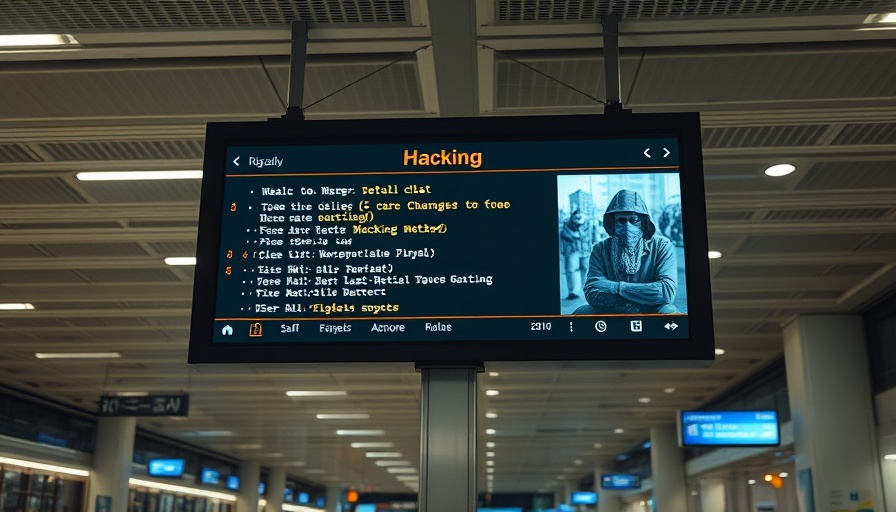
The Shocking Events at Kelobra Court
In a tragic case that has rocked the community of Walnut Creek, CA, a double homicide has recently given rise to an unusual string of crimes involving the victims' home. On September 18, 2025, the lives of 43-year-old Howard Wang’s wife, 41-year-old Linlin Guo, and her mother, Beimin Cheng, were brutally cut short in their home during a stabbing incident. Just a week later, police reported the house was targeted again in an apparent burglary.
Details of the Double Homicide
The initial homicide case unfolded with shocking details, as Howard Wang allegedly murdered both women before claiming that an intruder was responsible. He soon faced scrutiny when he contacted a woman, Yan Wang with whom he was having an affair, instructing her to break into the home to dispose of any incriminating evidence. The police apprehended her while she was seen discarding bags of stolen items in Oakland.
Latest Break-In: A Crime of Opportunity
The recent break-in, occurring on September 25, was reportedly unrelated to any cover-up of the earlier crime. A 36-year-old Concord man and an unnamed accomplice were caught on video surveillance entering the home and leaving with numerous stolen items packed in suitcases and bicycles. This incident raises serious concerns over security in the area and the psychological impact on the community as they grapple with the recent violence.
Community Response and Support for Victims’ Families
The community of Walnut Creek has come together in support of the victims’ families, with an online fundraiser already surpassing $37,000 to honor Linlin Guo’s memory. Known as a devoted mother of two girls, the fundraiser aims to provide some solace and support amidst the overwhelming grief surrounding her family.
Impact on Local Safety and Law Enforcement
The alarming events of the past month have put a spotlight on the issues of safety and crime in Walnut Creek. Residents are left questioning their safety and the measures being taken by law enforcement. Police have indicated that both Howard Wang and Yan Wang—who share a last name only by coincidence—remain in custody and are awaiting trial. The lack of charges against the burglar raises further concerns about the effectiveness of local law enforcement in protecting vulnerable homes as they seek justice in this tragic case.
Understanding the Psychological Toll on the Community
As these unsettling events unfold, Walnut Creek residents are left to cope with feelings of fear and uncertainty. The idea that a home, once a safe haven, has become a site of violence and burglary casts a long shadow over the community. Local officials and mental health advocates suggest that the community might benefit from open forums to discuss these events and their effects on collective mental health.
Moving Forward: Community Solidarity and Security Measures
In the aftermath of tragedy, it’s essential for communities to focus not only on retribution but also on healing. Walnut Creek residents might consider organizing community watches and engaging in discussions with local law enforcement to bolster safety measures. Awareness and communication can empower citizens and reinforce a sense of unity in facing such challenges together.
While the justice system takes its course, the stories of Linlin Guo and Beimin Cheng remind us of the fragility of life and the enduring need for community resilience and support. The importance of safeguarding local neighborhoods and fostering a spirit of solidarity has never been more crucial.
 Add Row
Add Row  Add
Add 




Write A Comment